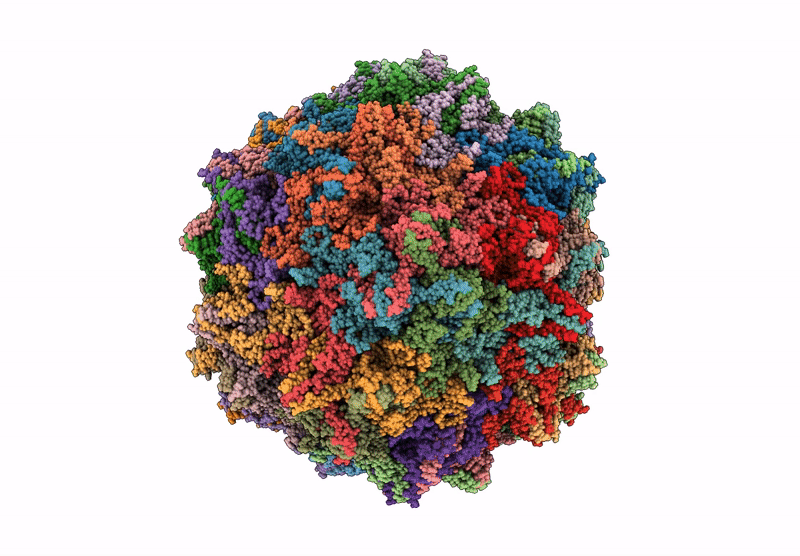
Deposition Date
2025-02-04
Release Date
2025-04-16
Last Version Date
2025-10-08
Entry Detail
Biological Source:
Source Organism:
Adeno-associated virus - Po1 (Taxon ID: 607682)
Host Organism:
Method Details:
Experimental Method:
Resolution:
1.79 Å
Aggregation State:
PARTICLE
Reconstruction Method:
SINGLE PARTICLE


